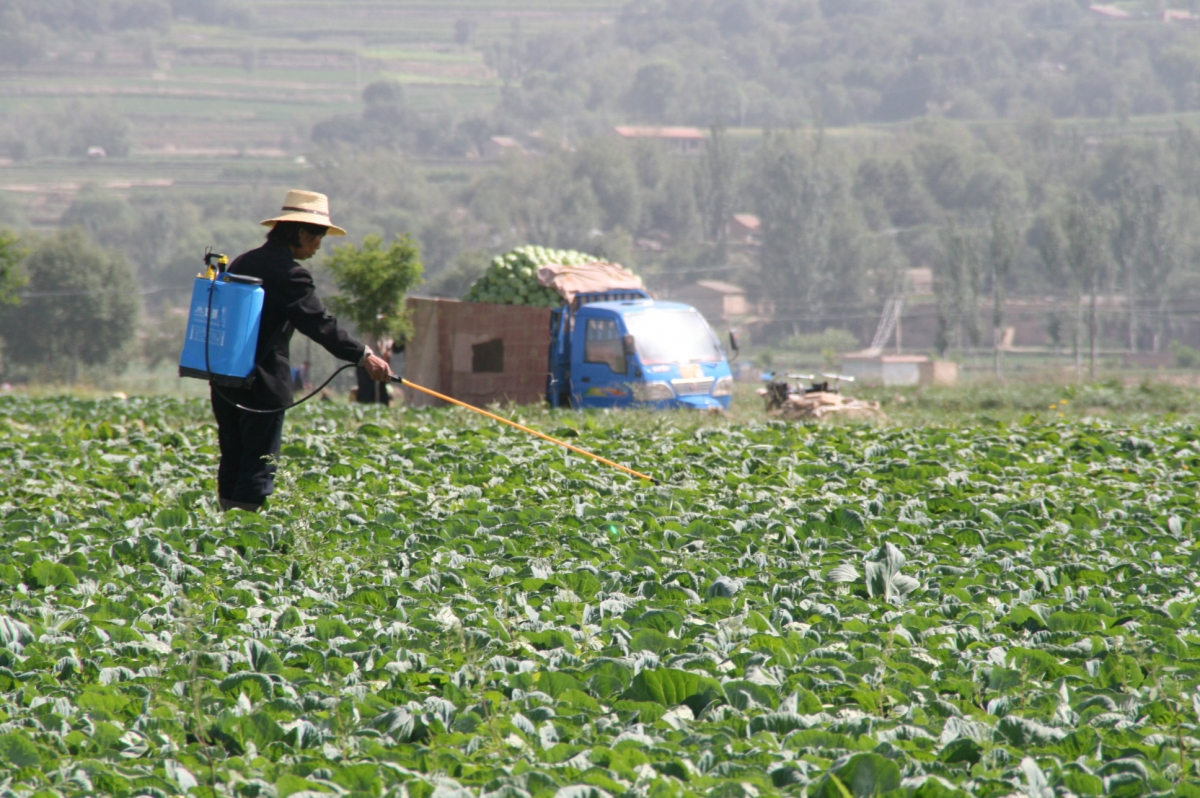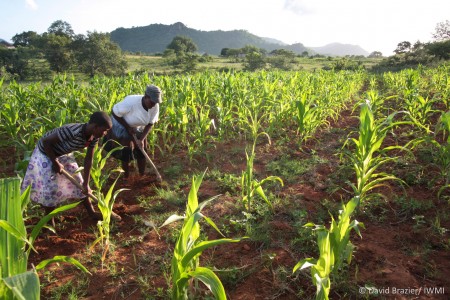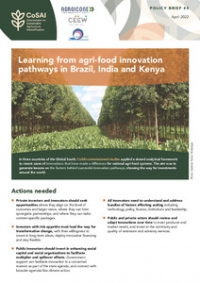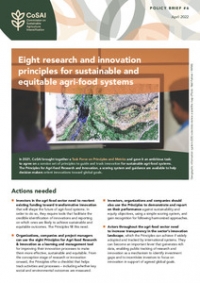
While sitting in 2010 at a small airport in Bahia, Brazil’s agricultural heartland, awaiting a flight to Brasilia known to locals as the “agribusiness express”, I watched a small chartered plane disgorge 20 business people from the Chongqing Grain Group. They told me they were on a routine visit, which turned out to involve spending $2.4 billion on a plant to process 1.5 billion tonnes of local soya for shipping back to Shanghai.
But now, maybe the tide is turning. A return to self-sufficiency looks on the cards.
The biggest straw in the wind was an announcement by Chinese officials in September of plans to spend a staggering $450 billion over the next four years on improving China’s domestic agricultural system. That is a vast sum by any standard, though less than a thousand dollars per rural Chinese citizen.
The question now is how it will be spent.
Nobody yet knows. The official statement, from the Agricultural Development Bank of China, which will loan the money according to policies laid down by the government, was devoid of detail. But it suggests, at the least, that China is not keen to keep buying its way to food security on international markets. With international commodity prices volatile, and growing fears among traders that producer nations want to protect their own food resources for domestic use, China too appears to be reverting to a more home-grown approach.
That means intensification of domestic production of food. But how? Will this mean investing in smallholder production, or in the industrialization of agriculture? Either way, the implications for Chinese agricultural landscapes could be huge.
Immediate signs suggest that the latter approach is strongly on the minds of Beijing’s leaders. Most obviously, they point to a push to harness biotechnology to produce seeds with better yields and more efficient use of resources such as fertilizer and water. The latter is a major limiting factor in farm output in much of the country, particularly in the north, where the Yellow River has no more to give.
Genetic modification is one focus. Chinese consumers – perhaps sensitized by a string of unrelated food safety scandals -- have been increasingly hostile to GM crops. Indeed, most are banned for domestic production, though they are widely imported.
But in 2015, the Central Committee signalled a chance in policy. Its officials told the media that the country was "saturated with foreign brands" of GMOs, including most of the 70 million tonnes of soya imported to feed its livestock.
And the fruits of that desire to escape the foreign GMO yoke emerged earlier this year, when the China National Chemical Corporation announced plans to buy Syngenta, the Swiss-based corporation, which is one of the world’s largest producers of both seeds and agrochemicals, and has a strong base in genomic research. The price tag was $43 billion. The deal has not yet gone through, as European Union anti-trust regulators have got involved, but both companies expect completion early next year.
Chinese media reports say it is not clear if the price of purchasing Syngenta, which could be harnessed to meeting China’s economic agenda, forms part of the $450 billion loans on offer from the Agricultural Development Bank. If it is, then almost a tenth of its crock of gold is earmarked already.
But maybe not.
Traditionally, the bank has been devoted to reducing rural poverty in China, and it may be that most of the money will head not to the industrialization of agriculture but to improving the lot of the country's vast rural population. The Bank has been making bold statements about investment in reducing rural poverty.
One motivation for this may be the growing signs that the industrialization of the country is slowing, and that more of its industrial output will be achieved with automated production systems. That would mean that the vast armies of new rural-to-urban migrants, who have manned its factories over the past two decades, may not be needed on the same scale in future.
If so, the social challenge for the authorities will be to meet the rising aspirations of Chinese citizens while they remain in the countryside. That may mean investment in smallholder farming on a scale never seen before.
There is plenty to be done. Chinese farmers remain hugely wasteful—of fertilizer, of water and even of land. Farm yields are well below those in Europe and North America. They need better inputs, better training, better infrastructure and more credit.
With Chinese methods increasingly seen as a template for investment strategies across the developing world, the way China spends its $450 billion in the next four years could determine how landscapes and farming systems evolve in large parts of the world over the coming decades.
In the last few years, China has increasingly begun to rely on grain imports to meet its food needs. This has caused considerable panic in multiple spheres: on the business side of the equation, China’s recent rice import levels have been accused of causing massive price fluctuations; on the consumer side, China’s consumption rate of imported food has led to worries of a world-scale food security crisis.
But now, unnerved by the impact of its demands on world food supplies, it looks like Chinese food self-sufficiency may be back on the agenda.













Comments
Excellent analysis of what is going on, particularly that link with Syngenta, and how it might play out. I am particularly intrigued by the suggestion that this new money could go to develop smallholder farming in China. This is often overlooked, I guess, because most people are (like me!) convinced that smallholder farming in China is well advanced. I was surprised to learn that there is still so much to do to bring it up to a level on a par with Europe. Would you care to quantify this or may be comment further? I find this absolutely fascinating! Thank you.
First of all, I enjoy reading your post, thank you for sharing it. All the points with this post are very easy to understand and very cool. I am impressed by the details that you have on this site.